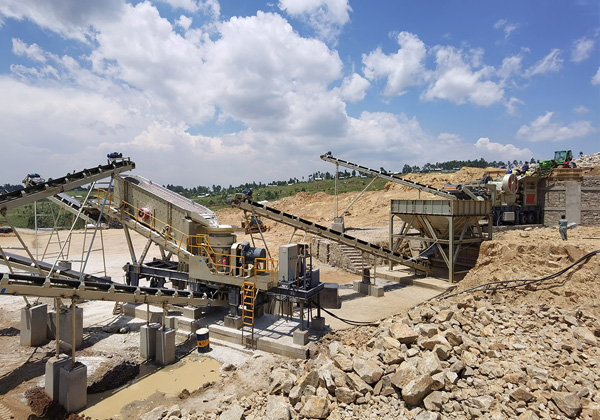Portable rock crushers are an essential component of modern mining and construction industries. They offer the flexibility to process raw materials on-site, reducing transportation costs and increasing efficiency. Understanding their specifications and capacity is crucial for selecting the right equipment for a given project.
Key Specifications of Portable Rock Crushers
Portable rock crushers vary in design, capacity, and functionality, but several specifications are universally important:
-
Crusher Type: The type of crusher (jaw, cone, impact, or vertical shaft impact) determines the material it can handle and the product size.
-
Jaw crushers are ideal for primary crushing of hard rocks like granite and basalt.
-
Cone crushers are suitable for secondary and tertiary crushing.
-
Impact crushers are better for soft to medium-hard rocks.
-
-
Feed Size: This is the maximum size of raw material that the crusher can accept. Portable crushers usually handle feed sizes ranging from 150 mm to over 1000 mm, depending on the model.
-
Output Size: Crushers can produce different sizes of aggregates, usually adjustable via screens or crusher settings. Output ranges typically include 0–50 mm for fine aggregates and larger sizes for coarse aggregates.
-
Mobility Features: Specifications include wheel or track-mounted designs. Track-mounted crushers are highly portable over rough terrain, whereas wheel-mounted units are better suited for paved surfaces.
-
Weight and Dimensions: These affect transport, setup, and maneuverability on-site. Smaller portable crushers are easier to transport but have lower capacity.

Capacity Considerations
The capacity of a portable rock crusher depends on multiple factors:
-
Crusher Model and Type: A jaw crusher may have a capacity of 50–500 tons per hour (TPH), while a large cone crusher can handle 800–1,500 TPH.
-
Material Hardness: Harder materials reduce throughput. For example, granite or basalt will be processed slower than limestone or sandstone.
-
Feed Size and Moisture Content: Larger and wetter rocks can reduce crusher efficiency. Pre-screening or drying may be required.
-
Operating Conditions: Continuous operation with proper maintenance ensures the rated capacity is achievable.
Efficiency and Optimization
To maximize efficiency:
-
Select a crusher that matches the hardness and size of your material.
-
Adjust crusher settings according to the desired output.
-
Maintain the crusher regularly to avoid breakdowns that reduce throughput.
-
Consider integrating a portable screening unit for producing multiple aggregate sizes simultaneously.
Understanding the specifications and capacity of portable rock crushers is vital for operational efficiency and cost-effectiveness. By carefully considering crusher type, feed size, output requirements, and site conditions, operators can select the right portable crusher to maximize productivity and reduce operational costs.
